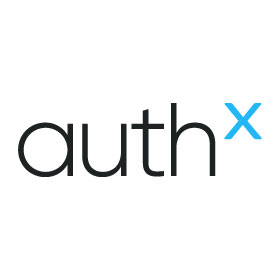
Authx
Uploaded on Feb 19, 2025
Category
Technology
SSO simplifies login by using one set of credentials, while MFA adds extra security by requiring multiple verification steps.
Category
Technology
SSO vs MFA: What They Are and How They Enhance Security
SSO VS MFA: WHAT THEY ARE
AND HOW THEY SECURE YOUR
ACCOUNTS
What is Single Sign-On (SSO)?
What is sso? It is an authentication process that allows users to access
multiple applications or systems using one set of credentials. Instead of
remembering numerous usernames and passwords, users authenticate
once and gain access to all connected systems without having to log in
repeatedly. This seamless access streamlines the user experience and
improves productivity while reducing the risk of password fatigue.
How does SSO work?
SSO uses a centralized authentication server to manage user credentials
and authentication requests. When a user logs into an application, the
application communicates with the sso solution server to verify the user’s
identity. Once authenticated, the SSO server provides an authentication
token or ticket that the user can use to access other connected
applications without needing to log in again.
What is MFA?
What is mfa? let me tell, With the rise in cyber-attacks in recent years,
businesses must prioritize cybersecurity initiatives. As technology evolves,
so do the methods used by cybercriminals to breach critical information. In
this unstable environment, the need for stronger authentication
processes has never been greater. That’s where Multi-factor Authentication
(MFA) comes in—a cybersecurity guardian that acts as a solid barrier
against unauthorized access. Multi-factor authentication is a security
practice that requires multiple forms of identity verification before
providing access to an account or system. This blog will explore the
significance and benefits of MFA and why is multi factor authentication
important for an organization’s cybersecurity strategy.
How does Multi-factor Authentication work?
Multi-factor Authentication is a security practice that requires users to
provide multiple forms of identification before granting access to a
system, application, or network. Traditionally, the most common form of
authentication was a username and password. However, as cyber threats
grew, this single layer of security became increasingly vulnerable. MFA,
also known as two-factor authentication (2FA) or three-factor
authentication (3FA), enhances the authentication process by adding
additional layers of verification, categorized into three factors: something
you know, something you have, and something you are.
Something You Know:
This involves knowledge factors like traditional username and
password combination, representing knowledge-based
authentication.
Something You Have:
This involves a possession factor, such as a smart card, security key,
security token, or mobile phone.
Something You Are:
This factor incorporates biometric authentication, utilizing unique
physical or behavioral traits like fingerprints, palm scans, or facial
recognition. Learn more

Comments